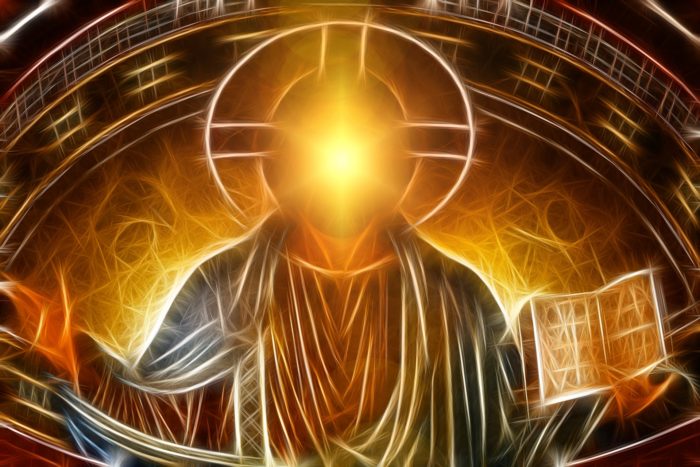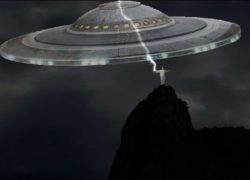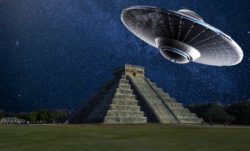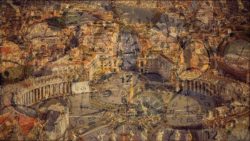
Religion, Politics, And Bloodlines – The Jesus Conspiracy
- By
- June 27, 2018
- September 26, 2021
- 9 min read
- Expert Opinion
- Posted in
- Conspiracy Theory Analysis, Historical
The story of Jesus Christ has fascinated much of the world’s population for thousands of years. Some have followed interpretations of his life blindly and without question. Others have dismissed any notion of such a man just as hastily. Some, though, particularly throughout the twentieth century with the diminishing threat of “The Church” and accusations of heresy largely a thing of the past, have questioned both sides of those stances.
Like many tales shrouded in purposeful ambiguity and enigmatic riddles, the apparent truth lays somewhere in between the unquestioning belief and the outright rejection. And furthermore, it would also appear that certain societies, families, and mysterious...
Fact Checking/Disclaimer
The stories, accounts, and discussions in this article may go against currently accepted science and common beliefs. The details included in the article are based on the reports, accounts and documentation available as provided by witnesses and publications - sources/references are published above.
We do not aim to prove nor disprove any of the theories, cases, or reports. You should read this article with an open mind and come to a conclusion yourself. Our motto always is, "you make up your own mind". Read more about how we fact-check content here.
Copyright & Republishing Policy
The entire article and the contents within are published by, wholly-owned and copyright of UFO Insight. The author does not own the rights to this content.
You may republish short quotes from this article with a reference back to the original UFO Insight article here as the source. You may not republish the article in its entirety.





